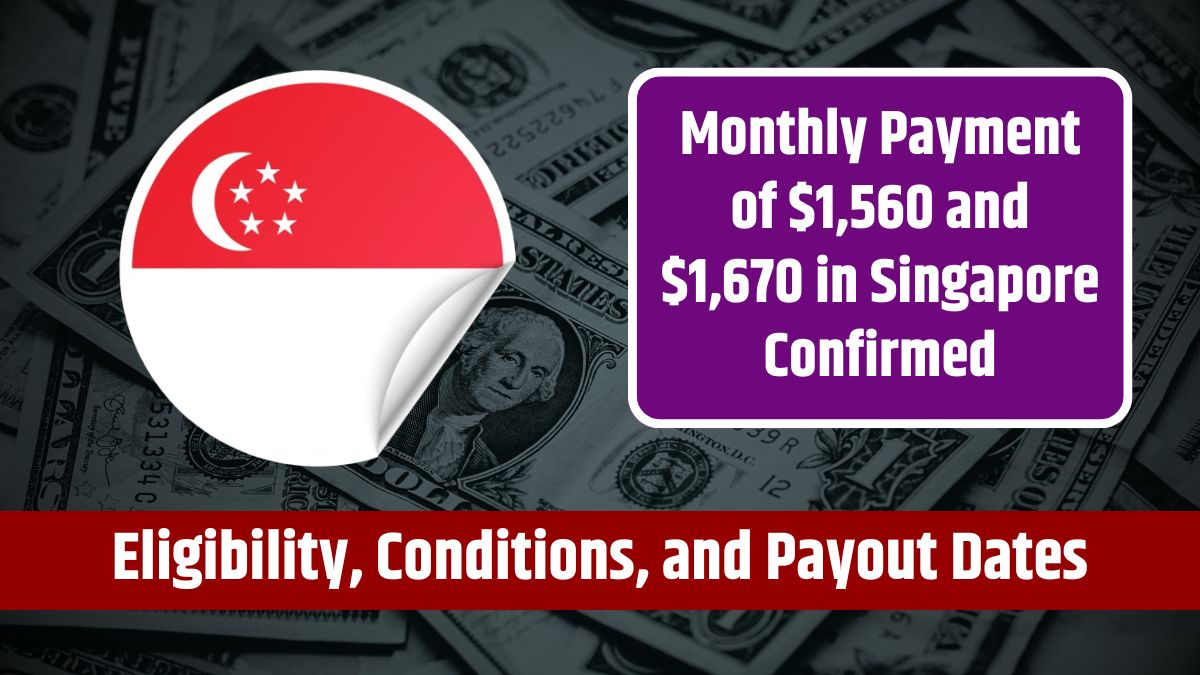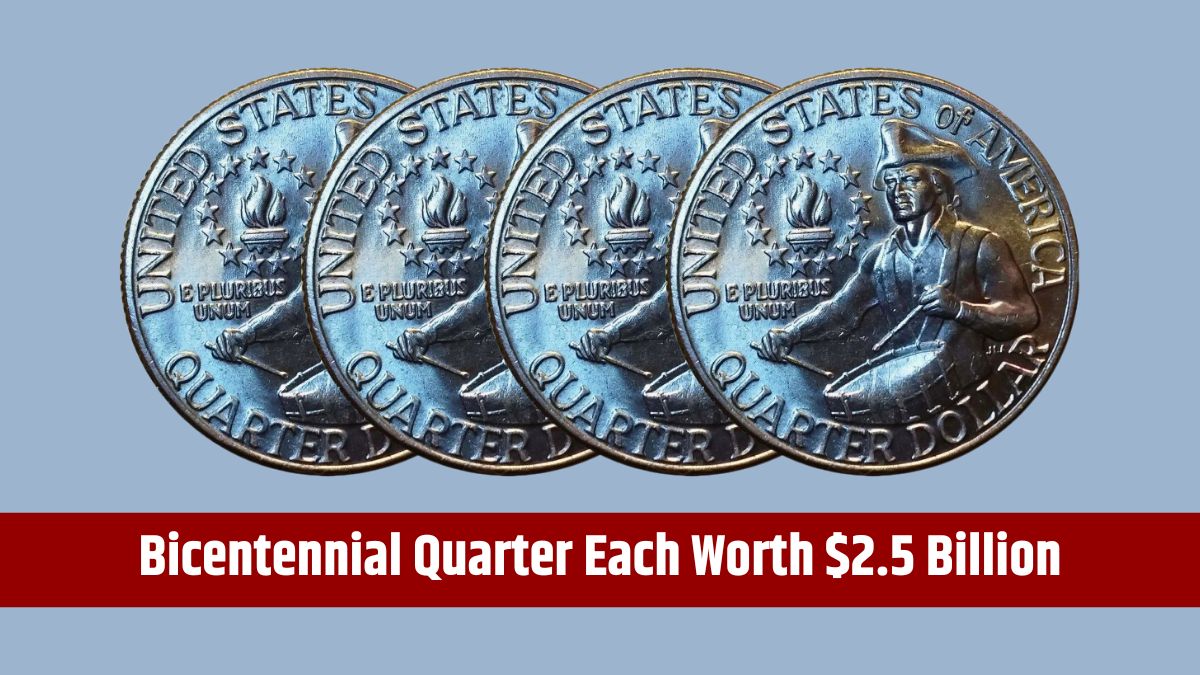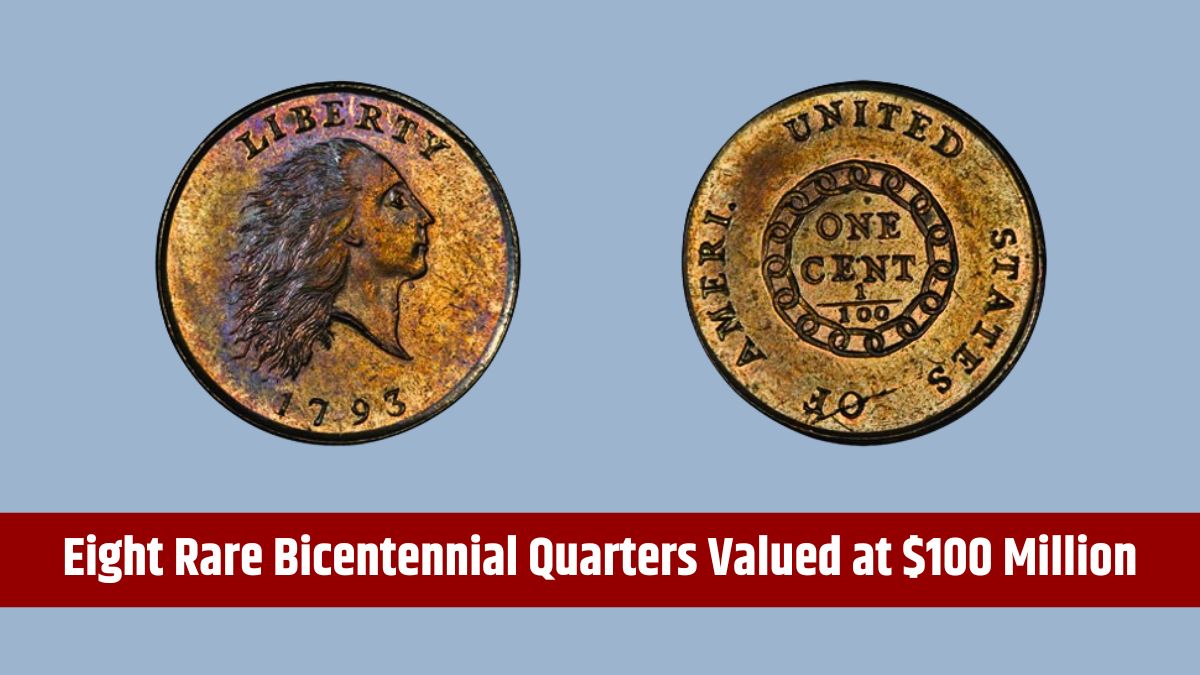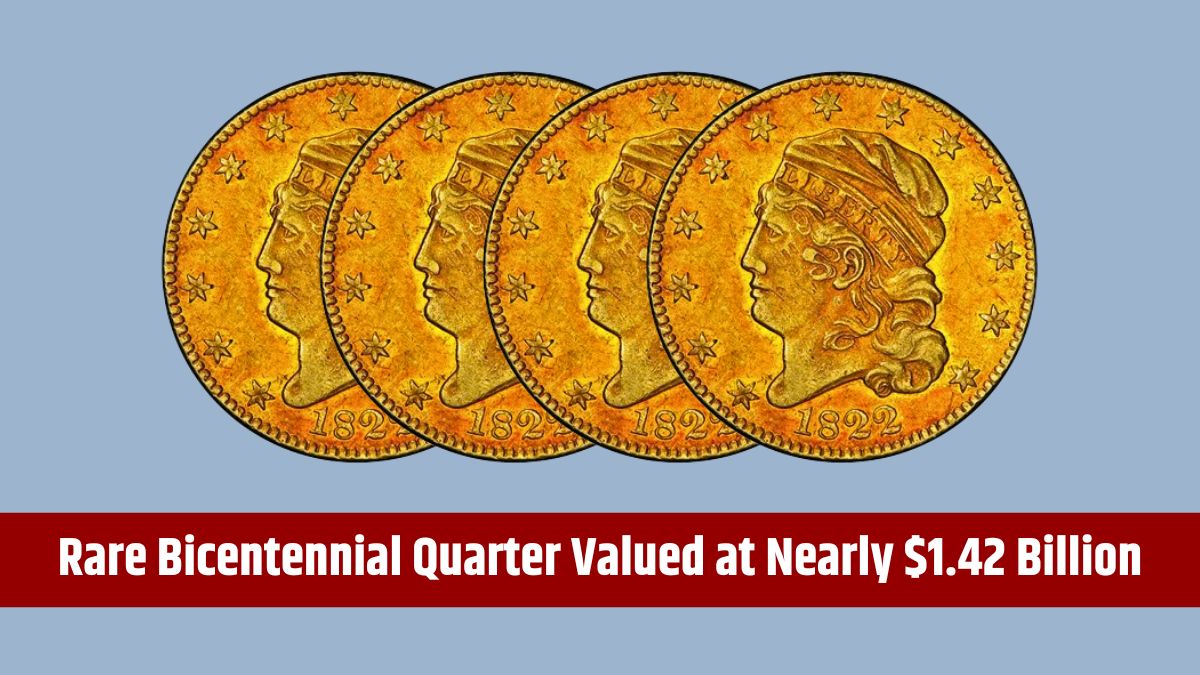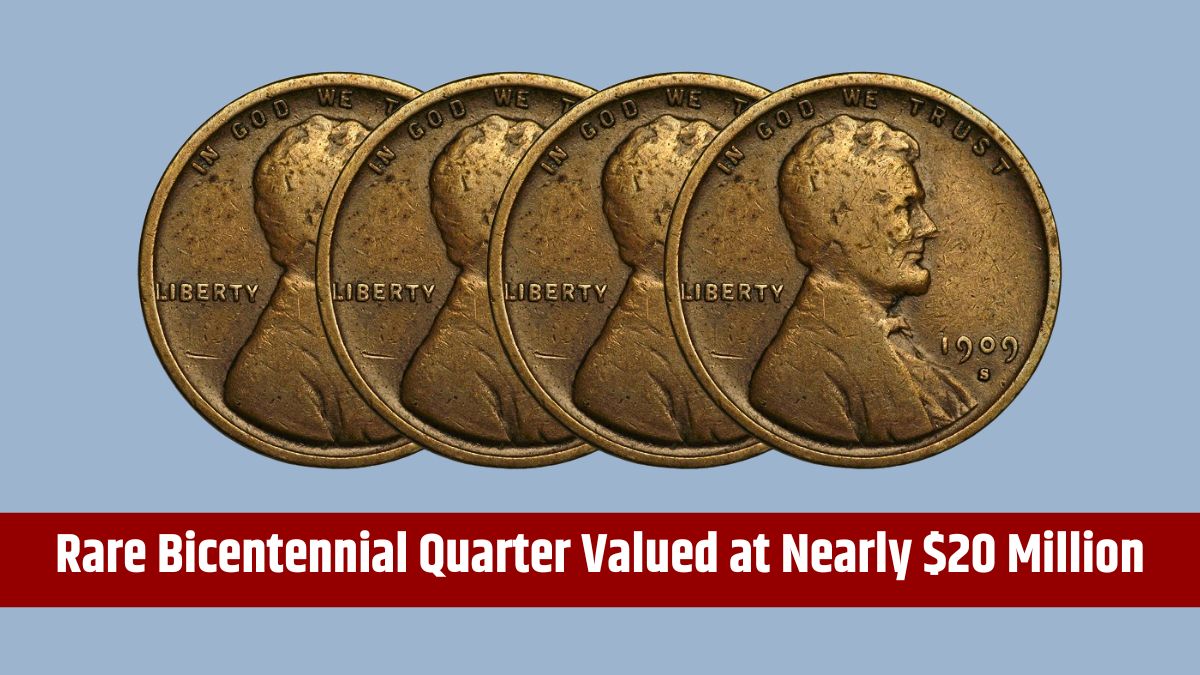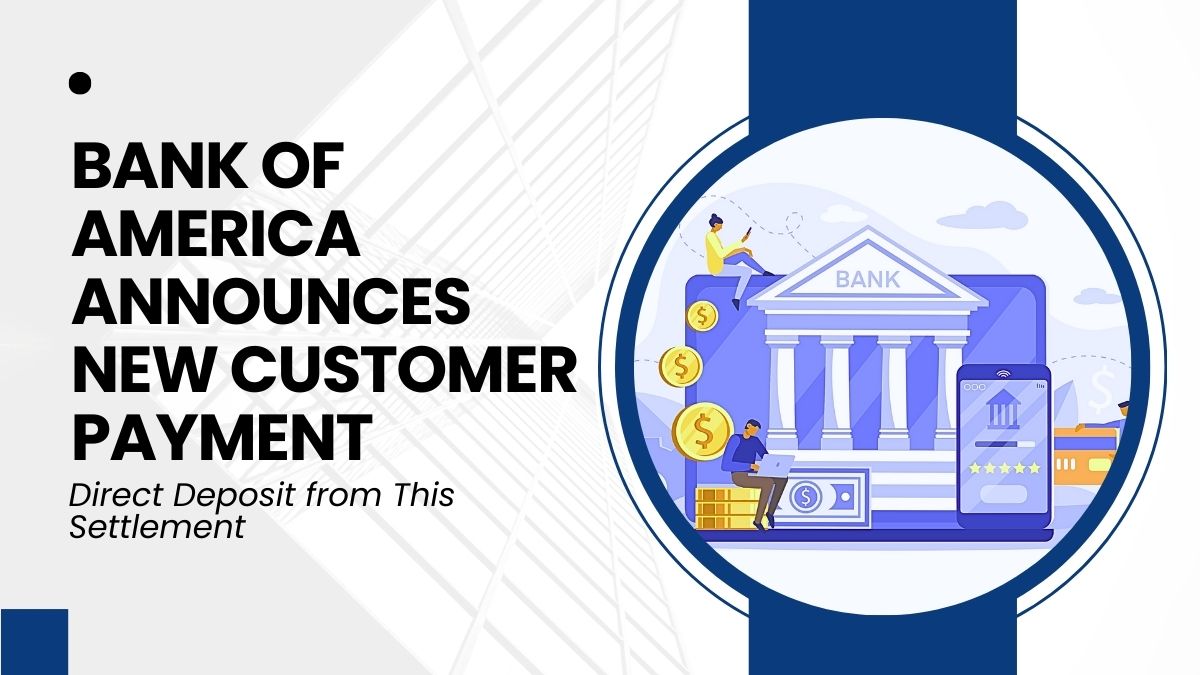Planning for retirement is a significant milestone, and in Singapore, the Central Provident Fund (CPF) plays a vital role in ensuring a secure and comfortable retirement. The CPF Retirement Sum Scheme, particularly the Full Retirement Sum (FRS), provides a steady monthly payout ranging from $1,560 to $1,670. This article cuts into the eligibility criteria, conditions, and payment details of the FRS, helping retirees prepare for their golden years with confidence.
Overview
The CPF Retirement Sum Scheme is a tiered system designed to support Singaporeans in their retirement years. The three tiers include the Basic Retirement Sum (BRS), Full Retirement Sum (FRS), and Enhanced Retirement Sum (ERS). The FRS offers a higher monthly payout than the BRS, catering to those who wish to maintain a more comfortable lifestyle without relying heavily on other income sources. For 2024, the FRS is set at $198,800, which provides a monthly payout between $1,560 and $1,670.
Eligibility
To qualify for the FRS monthly payout, individuals must be at least 65 years old. This age marks the official start of eligibility for receiving payouts under the CPF Retirement Sum Scheme.
CPF Retirement Account
Retirees need to have accumulated the required amount in their CPF Retirement Account (RA) by the age of 55. Specifically, for the FRS, this means setting aside $198,800. This amount is crucial as it determines the monthly payout during retirement.
Residency Status
Only Singapore citizens or permanent residents are eligible for the FRS payout. This ensures that the benefits are reserved for those who have contributed to Singapore’s social security system.
Payout Start Age
While the payout eligibility begins at 65, individuals can choose to defer the start of their payouts up to age 70. Deferring payouts can increase the monthly amount, providing a higher income during later retirement years.
Conditions
A key condition for receiving the monthly payout is having sufficient savings in the CPF RA. Individuals must meet the FRS amount of $198,800, which can be achieved through regular CPF contributions and other retirement savings.
Top-Ups and Transfers
CPF members can enhance their RA by making top-ups or transfers from other accounts. This option is particularly useful for those who might not have met the full FRS by age 55, allowing them to boost their retirement funds and secure the desired monthly payout.
Payout Adjustment
The monthly payout amount is adjustable based on when the individual starts receiving it. Opting to begin payouts at age 65 provides the standard range of $1,560 to $1,670. However, deferring the payout start date can result in higher monthly payments, offering more financial flexibility in later years.
Lifelong Income
The CPF LIFE (Lifelong Income For the Elderly) scheme ensures that these payouts last throughout the individual’s lifetime. This provides a dependable income stream, reducing the financial uncertainties often associated with retirement.
Payment
Payouts under the FRS are made monthly, ensuring retirees receive a steady flow of income to cover their living expenses.
Payment Methods
Payouts are credited directly to the individual’s bank account. Retirees need to keep their bank details up-to-date with the CPF Board to avoid any payment delays.
Public Holidays Adjustment
If the first day of the month is a public holiday or falls on a weekend, the payout is made on the preceding working day, ensuring that retirees do not experience any delays in receiving their income.
Annual Statements
Each year, retirees receive a statement detailing the payouts received and the remaining balance in their RA. This helps in financial planning, allowing retirees to monitor their funds and plan for future expenses effectively.
Considerations
Effective financial planning is crucial for retirees to live comfortably within the FRS payout range. Budgeting for essential expenses, such as housing, healthcare, and daily living costs, is necessary to ensure that the monthly income suffices.
Supplementary Income
For retirees who find the monthly payout insufficient, seeking supplementary income through part-time work, investments, or other sources may be necessary. This can help bridge any financial gaps and maintain a comfortable lifestyle.
Healthcare Costs
Singapore’s healthcare system is robust, but it’s wise for retirees to consider potential medical expenses. Utilizing Medisave and other healthcare schemes can complement CPF payouts and manage healthcare costs effectively.
Housing
Retirees with property might consider options like downsizing or renting out part of their home to increase disposable income. Schemes such as the Silver Housing Bonus and Lease Buyback Scheme offer viable solutions to enhance retirement finances.
The CPF Retirement Sum Scheme, particularly the Full Retirement Sum, provides Singaporeans with a reliable income during their retirement years. Knowing the eligibility criteria, conditions, and payment details is crucial for effective financial planning. With proper management of their CPF funds and thoughtful planning, retirees can look forward to a secure and comfortable retirement.
FAQs
What is the Full Retirement Sum (FRS)?
The FRS is $198,800 in 2024, providing a monthly payout of $1,560 to $1,670.
When can I start receiving my FRS payout?
You can start receiving payouts from age 65 or defer up to 70 for a higher amount.
Can I increase my FRS amount?
Yes, through top-ups or transfers to your CPF Retirement Account.
How is the FRS payout made?
Payouts are credited monthly to your bank account.
What if the first day of the month is a holiday?
Payouts will be made on the preceding working day.

